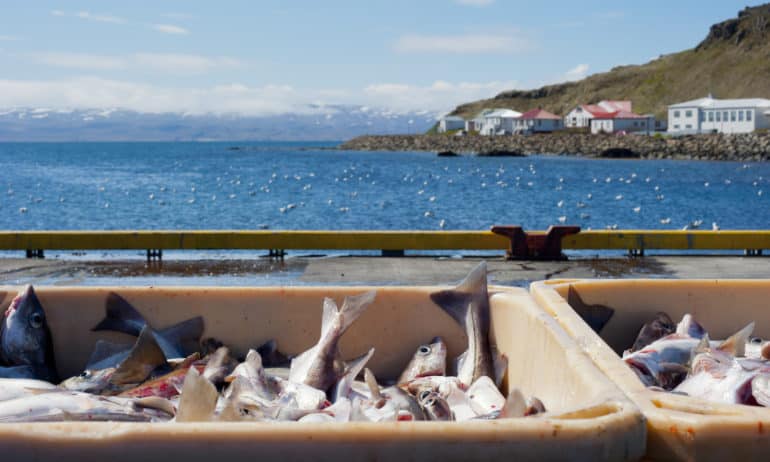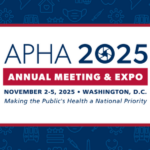The Gulf of Maine Research Institute (GMRI) in Portland, Maine, has developed an ultra low opening trawl (ULOT) net designed to prevent cod from being caught while allowing the targeting of more plentiful groundfish.
Commercial fishers in New England’s Gulf of Maine are assigned catch quotas, in pounds or metric tons, for Atlantic cod. Violating current cod restrictions results in fishers being shut down for the rest of the season. Because of this, fishers pursuing other groundfish (such as grey sole, flounder, monkfish, whiting, and pollock) need to be vigilant about how many cod make it into their nets—an impossible task until now. The net was designed, built, and tested by a collaboration of New England fishers, scientists, and Rhode Island-based net maker, Superior Trawl.
Traditional trawl nets feature a 6-foot (1.83-meter) opening into which groundfish get trapped. The new ULOT trawl has a 2-foot (0.61-meter) opening which allows cod to swim up and over the net while trapping species that swim lower to the ocean floor. It was initially tested at the Marine Institute in Newfoundland in a simulated ocean environment and was later tested on a commercial trawling vessel. On the commercial trawler, the net reduced cod catch by 45 percent with no impact on the catch levels of other species. Additionally, the ULOT net also created a nearly seven percent reduction in the vessel’s fuel use because it has less drag than traditional nets.
GMRI has three different sized ULOT nets available on free loan to fishers this season. If enough fishers have positive experiences with the freely lent nets, the hope is that they will buy this new design when it is time to replace their traditional nets. According to the Portland Press Herald, the ULOT net is projected to cost between US$8,000 and US$10,000 while a traditional net costs US$10,000 to US$12,000. These savings—combined with the reduction in fuel that the new net provides—and the extended time on the water allowed by the reduction of cod catch lets a boat fish longer and land more groundfish before having to shut down.
According to the Gulf of Maine Atlantic Cod 2014 Assessment Update Report (a joint publication of the U.S. Department of Commerce, National Oceanic and Atmospheric Administration, National Marine Fisheries Service, and Northeast Fisheries Science Center), Atlantic cod in the Gulf of Maine is overfished and continues to be overfished. Cod mortality rates are near an all-time high despite the fact that cod catches are at an all-time low. The report asserts, “the Gulf of Maine cod stock is in poor condition.”
In 2015, the New England Fishery Management Council voted to reduce the Gulf of Maine cod catch limit from 1,550 to 386 metric tons. This reduction evidences the drastic decline of the once booming groundfish industry in the area: in 1982 there were 300 boats pursuing groundfish in Maine and in 2015 there were only 50.
Scientists and fishers often clash over issues such as fish catch quotas. However, the recent collaborative breakthrough which resulted in the ULOT net provides an example of how working together can benefit both groups. Brett Alger, a groundfish policy analyst at the Greater Atlantic Regional Fisheries Office, told Rhode Island Public Radio, “There’s always going to be and always should be gear innovations, technological advances in the fishery to help support fishers reach not only their fisheries goals but their business goals.”
Jennifer Goebel, Public Affairs Officer at the Greater Atlantic Regional Fisheries Office, part of NOAA Fisheries Service, says “These efforts are generally referred to as cooperative research, and typically address issues such as bycatch and habitat impacts, resource surveys, life history and biology questions.” This collaboration provides the opportunity for scientists and fishers to share more ideas for working together towards sustainable fisheries. Undoubtedly, many interested parties will be following the results of the loaned ULOT nets in the coming year.







